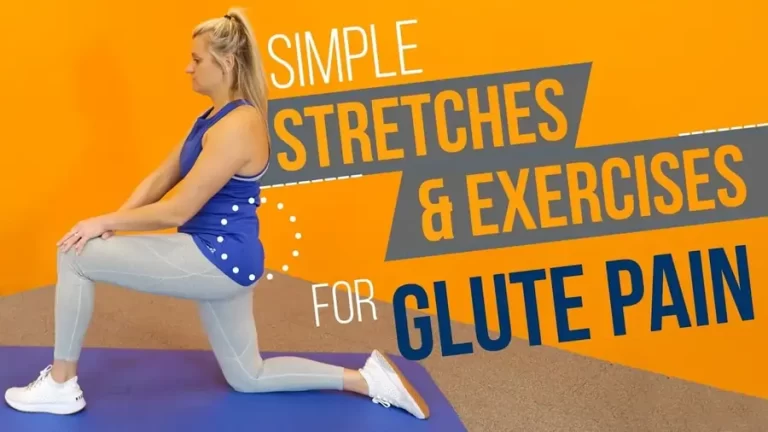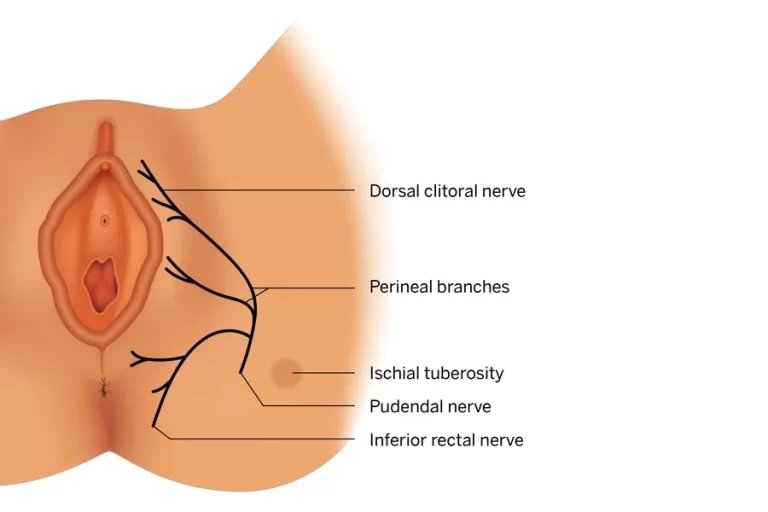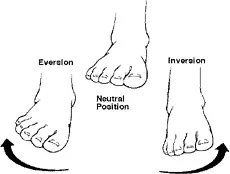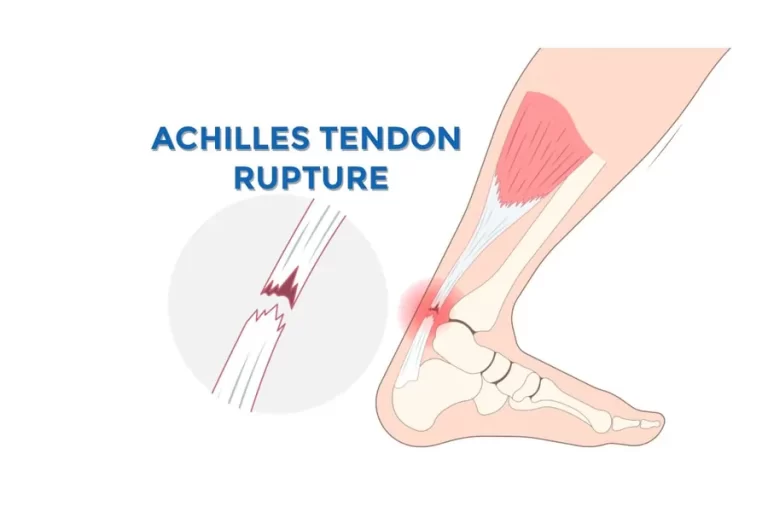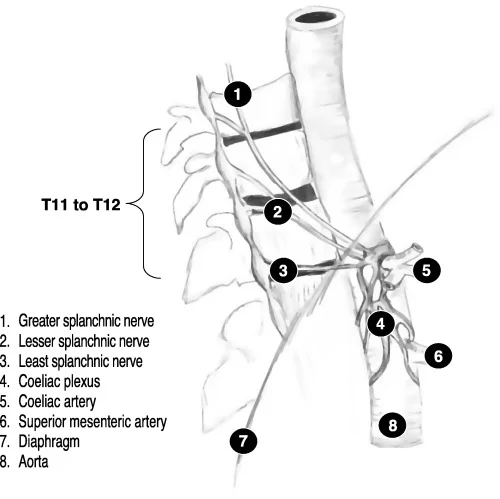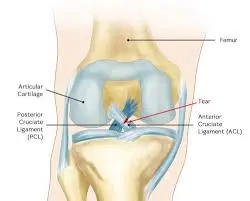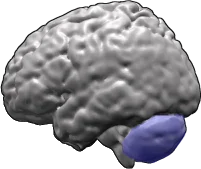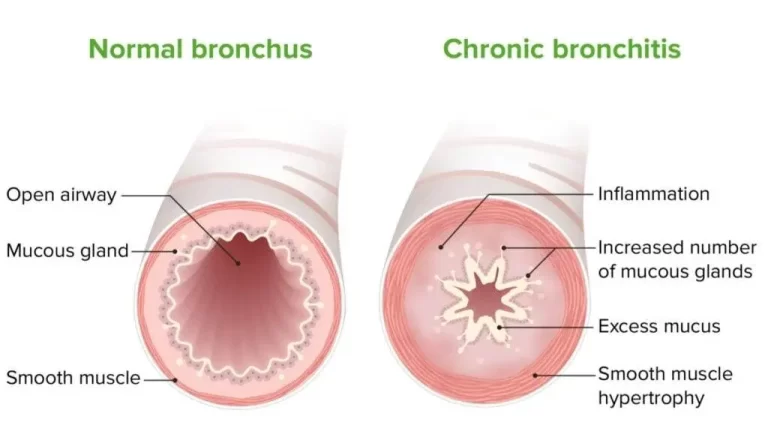Posterior Cruciate Ligament Injury
What is Posterior Cruciate Ligament Injury? The posterior cruciate ligament (PCL) prevents the tibia from shifting rearward concerning the femur is the PCL’s function. PCL injuries rarely happen alone, although they frequently coexist with other knee components (meniscus, ligaments). Every year, there are about two PCL injuries for every 100,000 people. A stretch to a…


